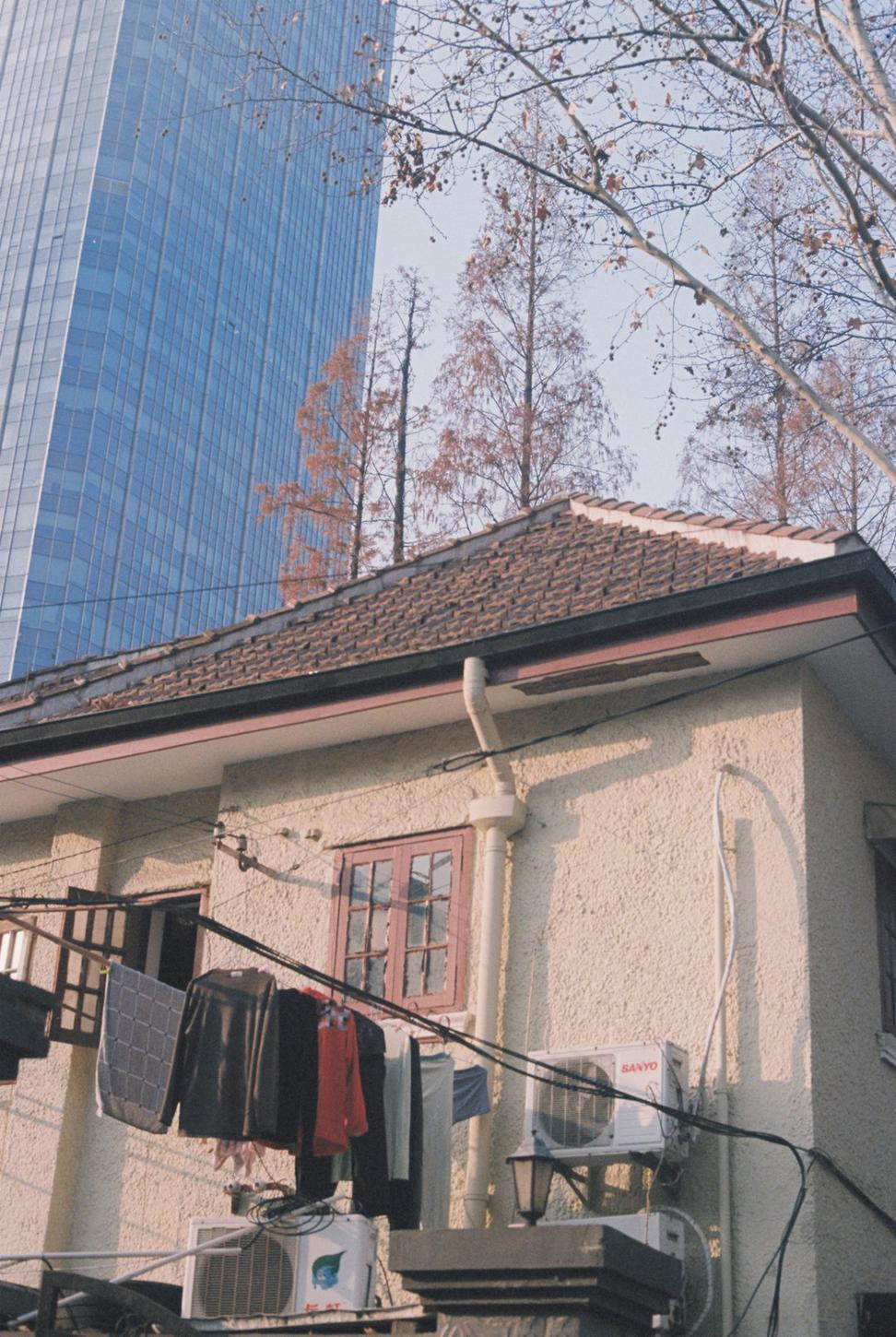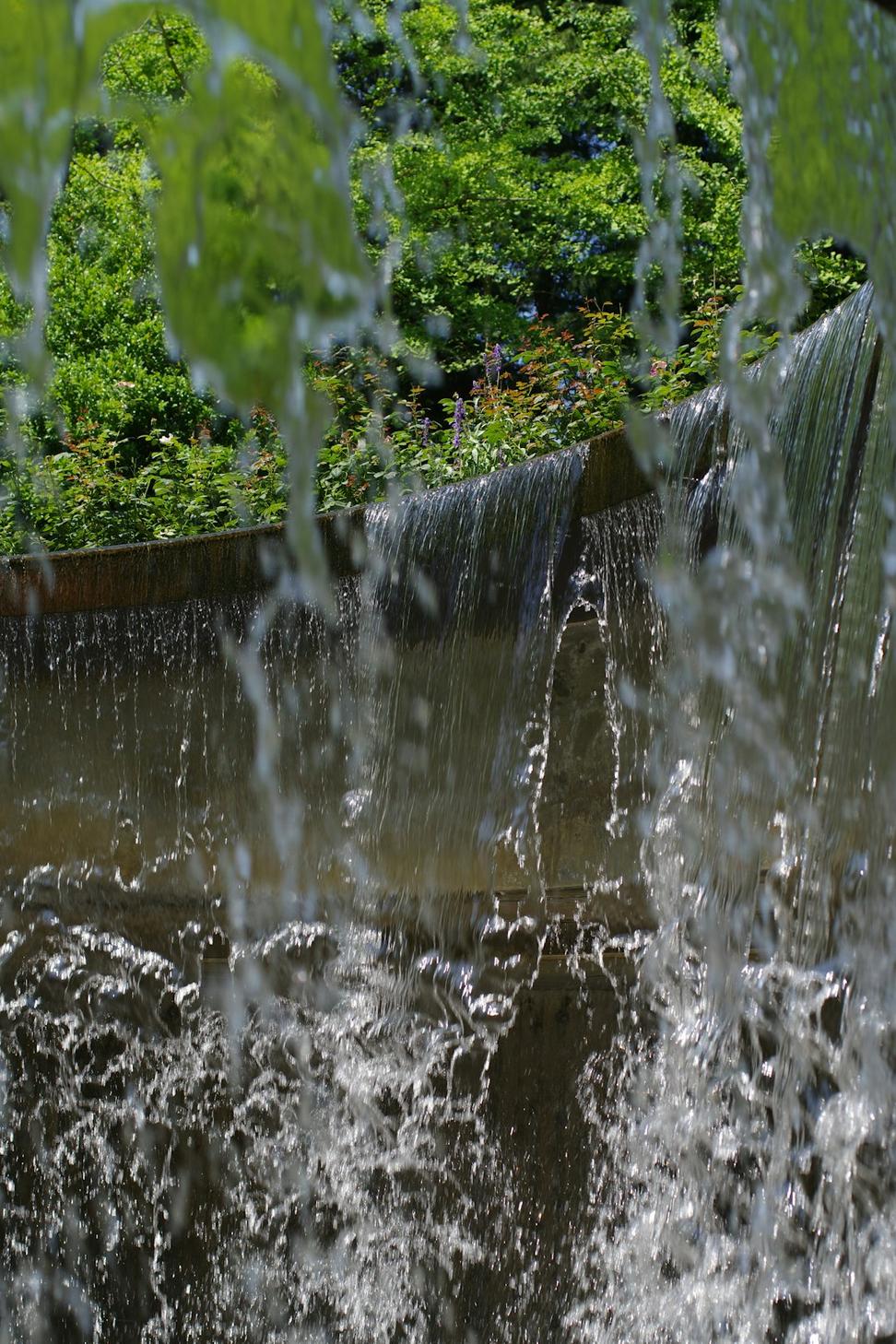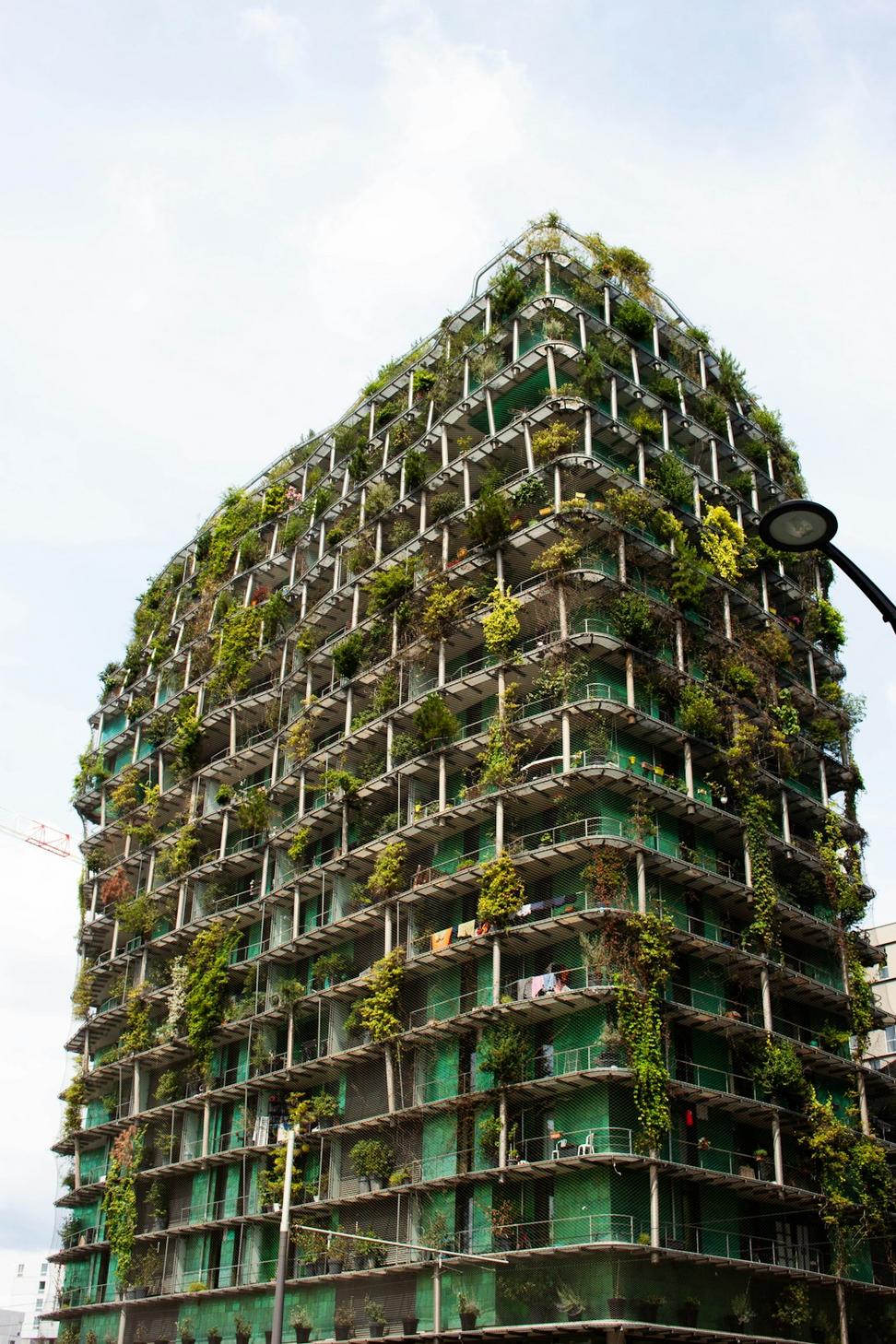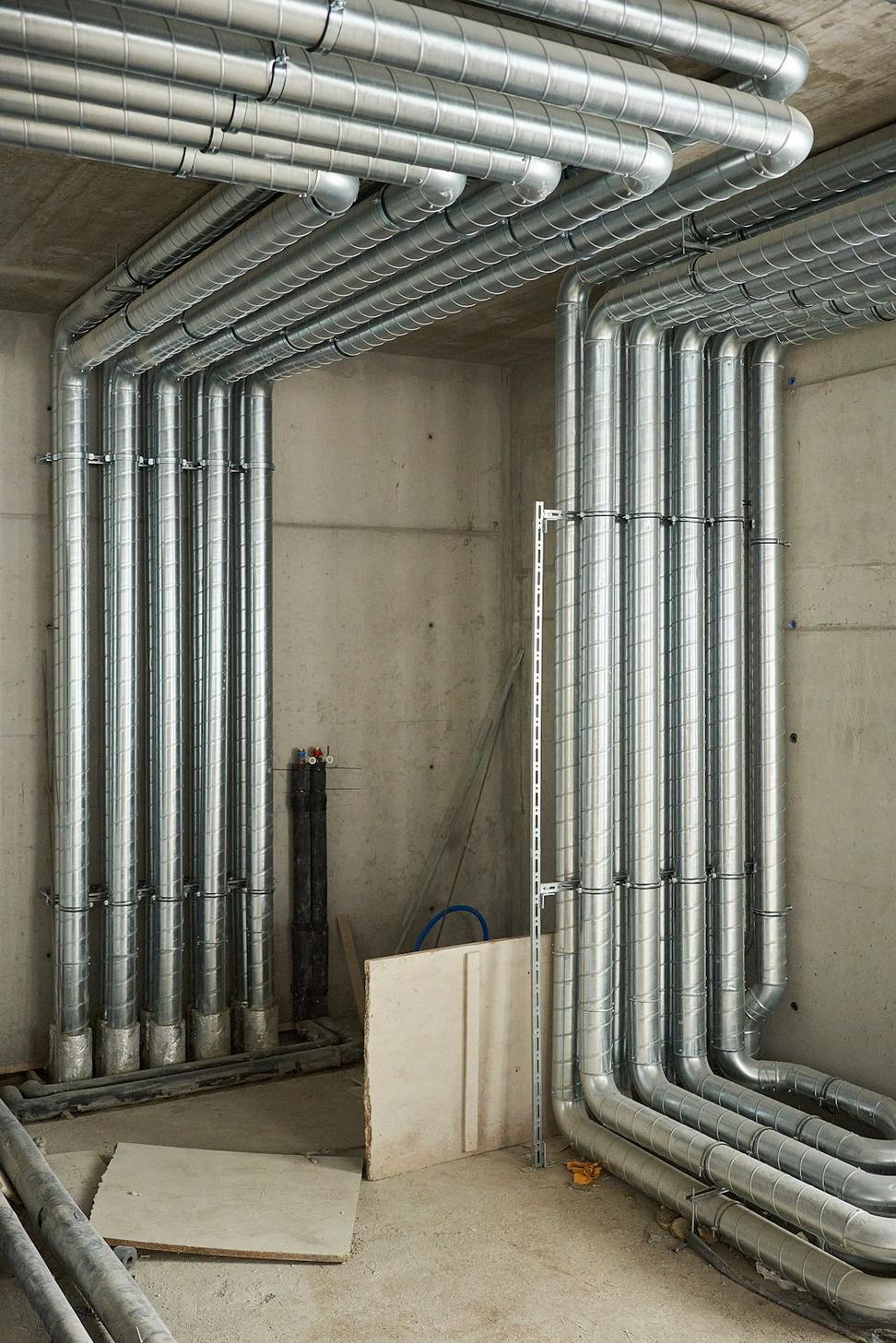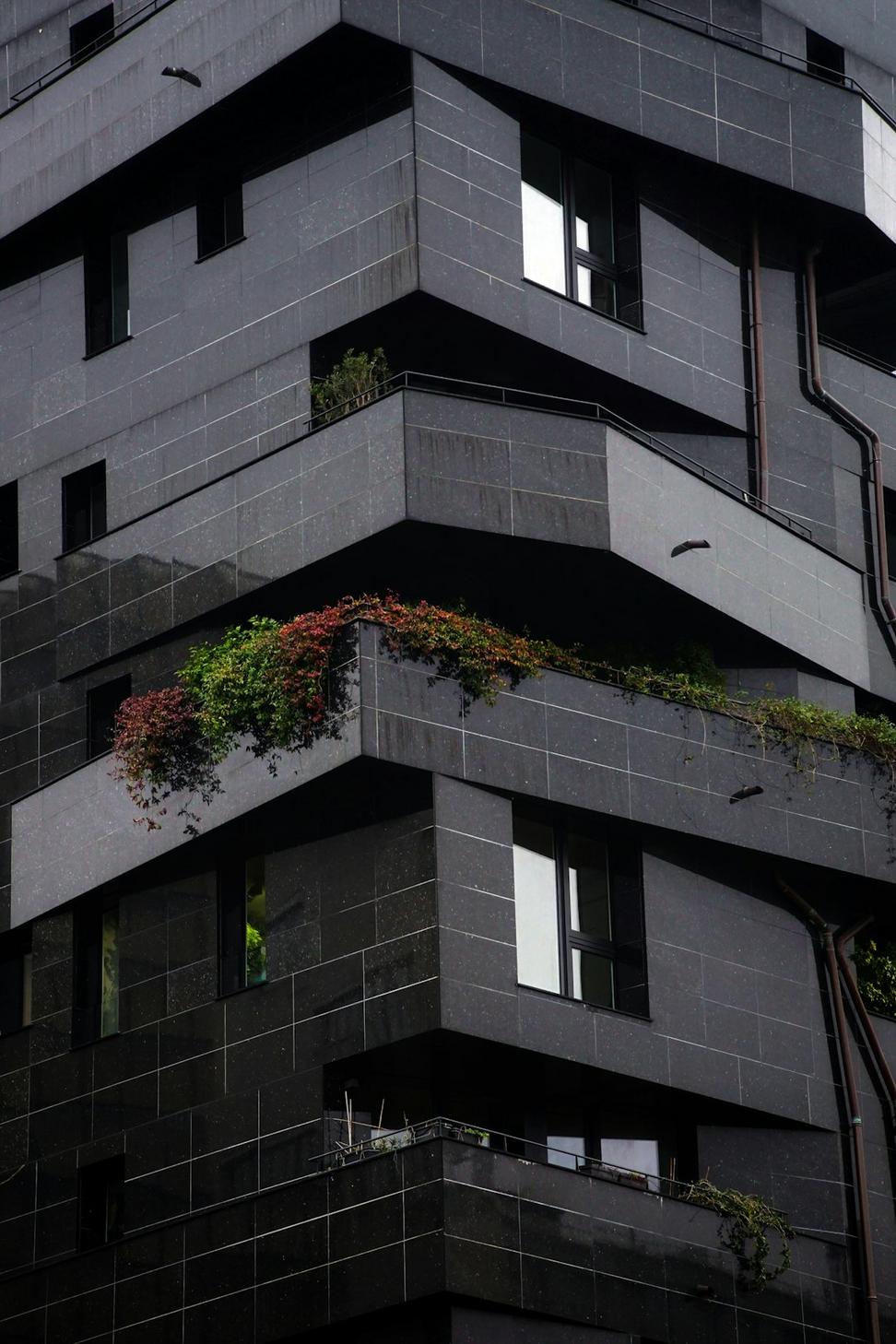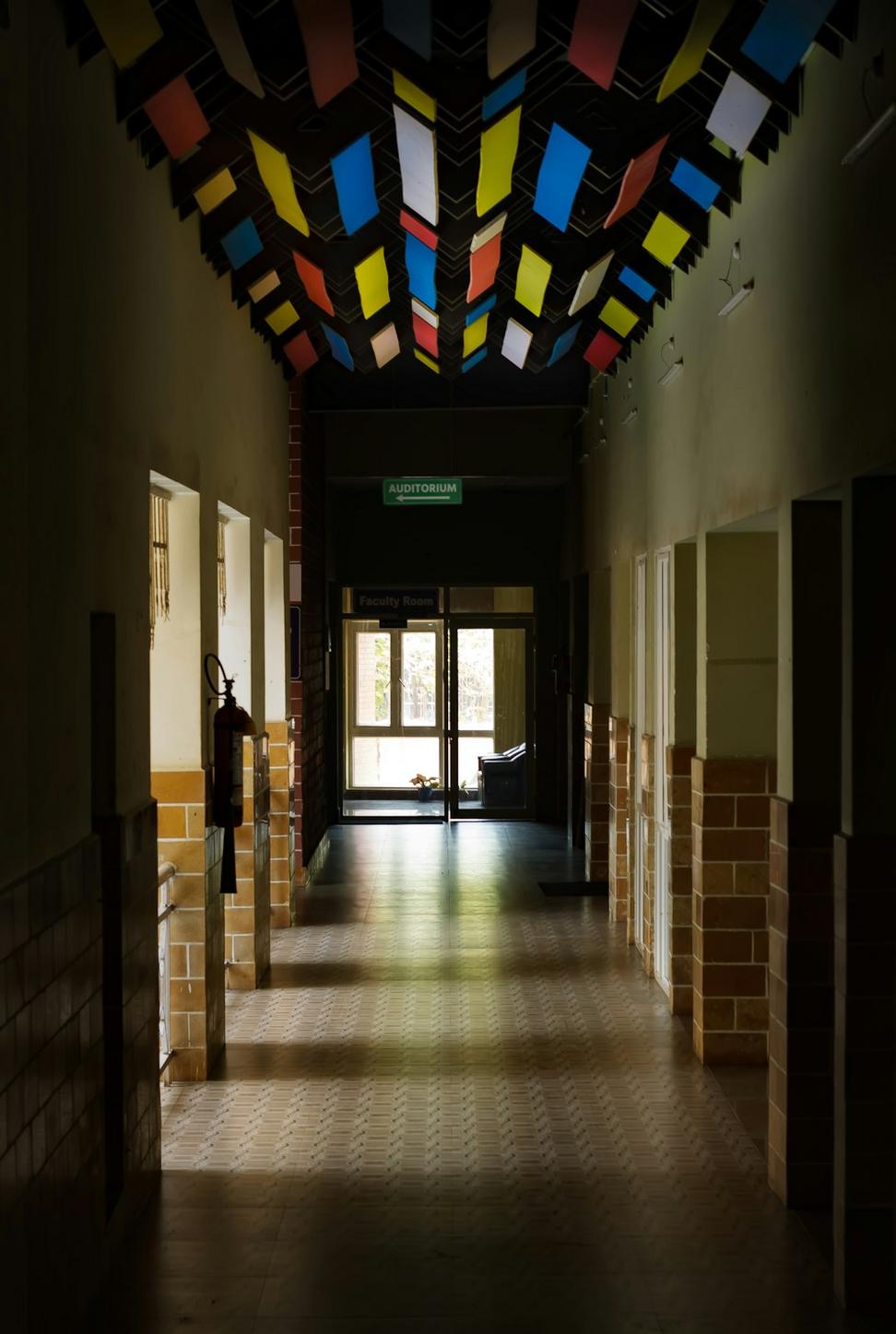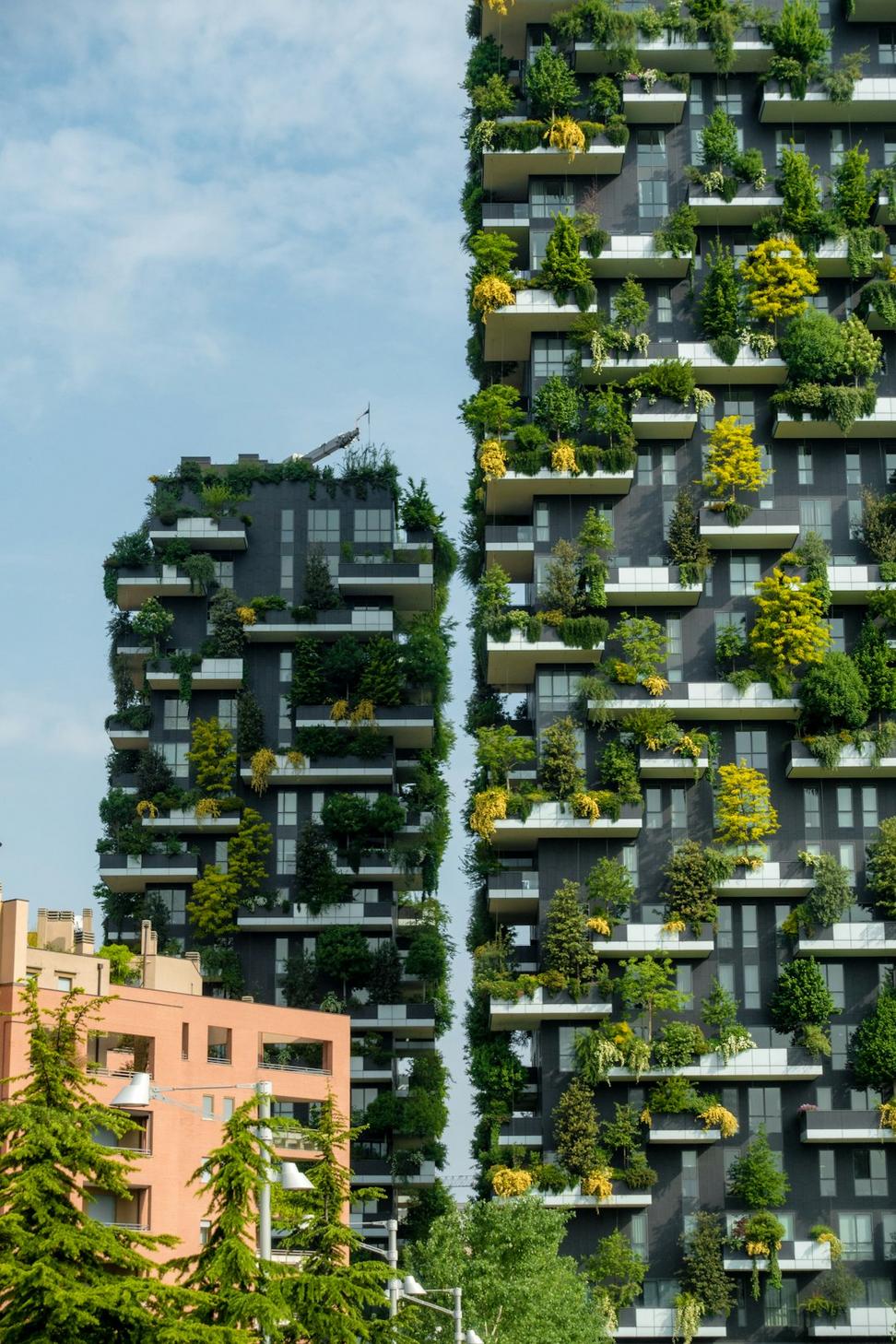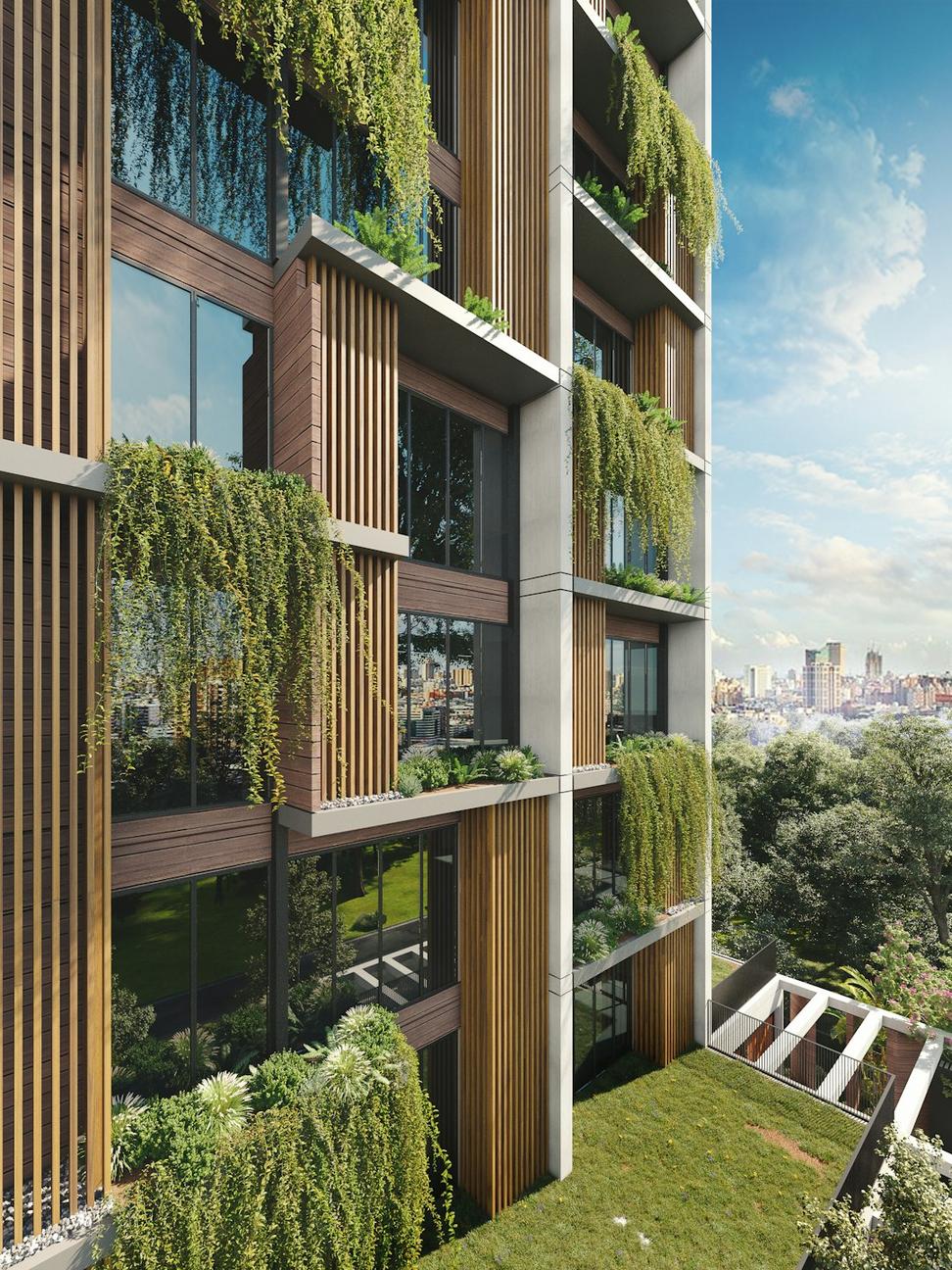
Why We Care (A Lot)
Look, I'll be straight with you - about fifteen years ago, I watched a documentary about construction waste and couldn't sleep for a week. That's when things clicked for me.
Every building we design now? It's gotta answer one question: how's this gonna perform in 50 years when my kids are dealing with whatever climate we've left them. No greenwashing, no fake certifications just for marketing - actual, measurable environmental responsibility.
We've turned down projects that didn't align with this. Yeah, it hurt financially sometimes, but I can look myself in the mirror, y'know?
